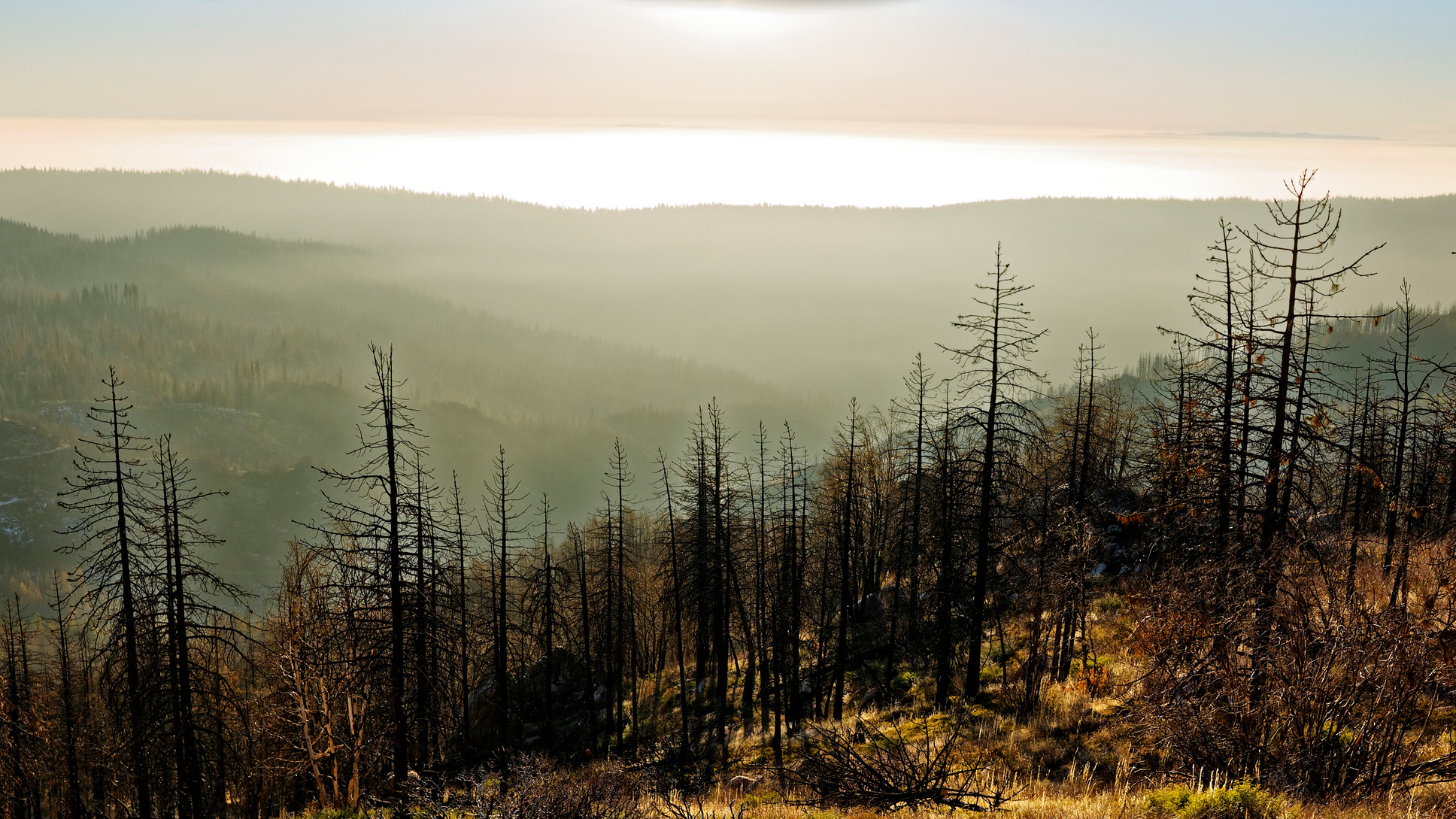Update on my previous post, in which I mentioned the exploding Park Fire of Northern California:
Earlier this week the New York Times reported that the Park Fire is rapidly developing into the 4th largest wildfire in California recorded history. And indeed, by the time this short update is posted, the Park Fire may have surpassed in area the 396,625 acres covered by the 2020 SCU Lightning Complex Fire.
That latter complex of fires, which burned through portions of Santa Clara, Alameda, Contra Costa, San Joaquin, Merced, and Stanislaus counties, was triggered by a series of lightning strikes, while the current Park Fire, so far burning through swaths of Butte and Tehama counties, appears to have been caused, according to CalFire, by an arsonist who set-ablaze an auto, then pushed it “into a gulley near Alligator Hole in upper Bidwell Park” in Chico, California.
Conditions do not appear likely to improve in the very near term. Again, according to CalFire:
Today will mark the first of several days where fire weather will become increasingly critical. Temperatures will rise from the upper 90s to the lower 100s. Daytime humidity will fall to upper teens today. Winds will be drier out of the south, but speeds will be close to previous days. There is increased instability in the north where we will see columns and plumes of smoke.”
At this writing, the Park Fire is only 18% contained. Further, CalFire stated, “[a] warm air mass is predicted to enter the area Friday through Saturday with the potential for thunderstorms and erratic winds.” According to the National Weather Service, those scattered showers are likely to yield less than a tenth of an inch of precipitation in the area of Lassen Volcanic National Park.
At this writing, then, there appears to be no clear end in sight, as the Park Fire marches across a hot and bone-dry landscape.


